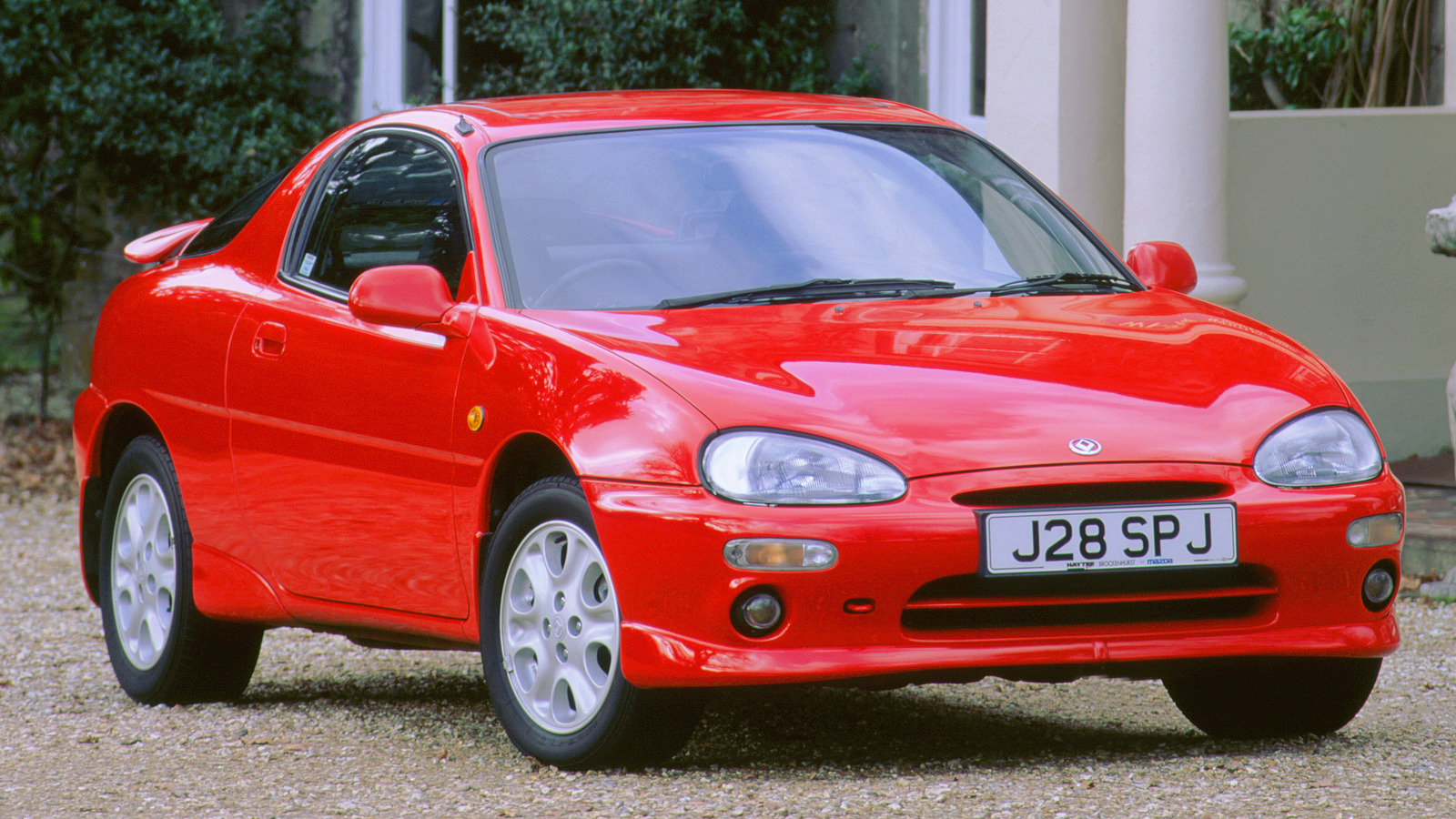
At the time of the K-series development, the Japanese economy was on top of the world (though not for much longer). As such, automakers were willing to experiment and forge technological advances. This era brought us such machines as the Acura NSX and Lexus LS400, but the wealth trickled down to Mazda’s diminutive V6, too. The K8 engine featured a heavily reinforced aluminum block with four-bolt main bearing caps, as well as aluminum heads. The internals such as the crankshaft and connecting rods were all forged steel for high strength. The official redline of the K8 was 7,000 rpm with a rev limiter kicking in at 7,500 rpm, but many petrolheads viewed those figures as conservative, with the potential for even more revs.
Besides offering race car-like durability, the wee V6 also showcased Mazda’s Variable Resonance Induction System (VRIS), which consisted of dual resonance tubes that used valves to effectively vary the tube length based on engine speed. What VRIS did was make more torque available across the entire RPM range as opposed to just at peak (read: high) rpm, which enhanced street driving characteristics. Today, similar technology is commonplace, but Mazda pioneered it in the K8.
Later in its life cycle, the K-series mills would grow to 2.0 liters, then 2.5 liters displacement. The 2.5-liter version enjoyed wider North American exposure as an optional powerplant in Mazda’s MX-6 coupe and the ill-fated Ford Probe, in both instances producing around 165 horsepower. Sadly, Mazda’s premium Eunos brand failed to catch on and was subsequently killed off in 1996, but leaves a lasting legacy in the small-but-mighty K-series V6.
[Featured image by Jgosteli via Wikimedia Commons | Cropped and scaled | Public Domain]
Stay connected with us on social media platform for instant update click here to join our Twitter, & Facebook
We are now on Telegram. Click here to join our channel (@TechiUpdate) and stay updated with the latest Technology headlines.
For all the latest Gaming News Click Here
